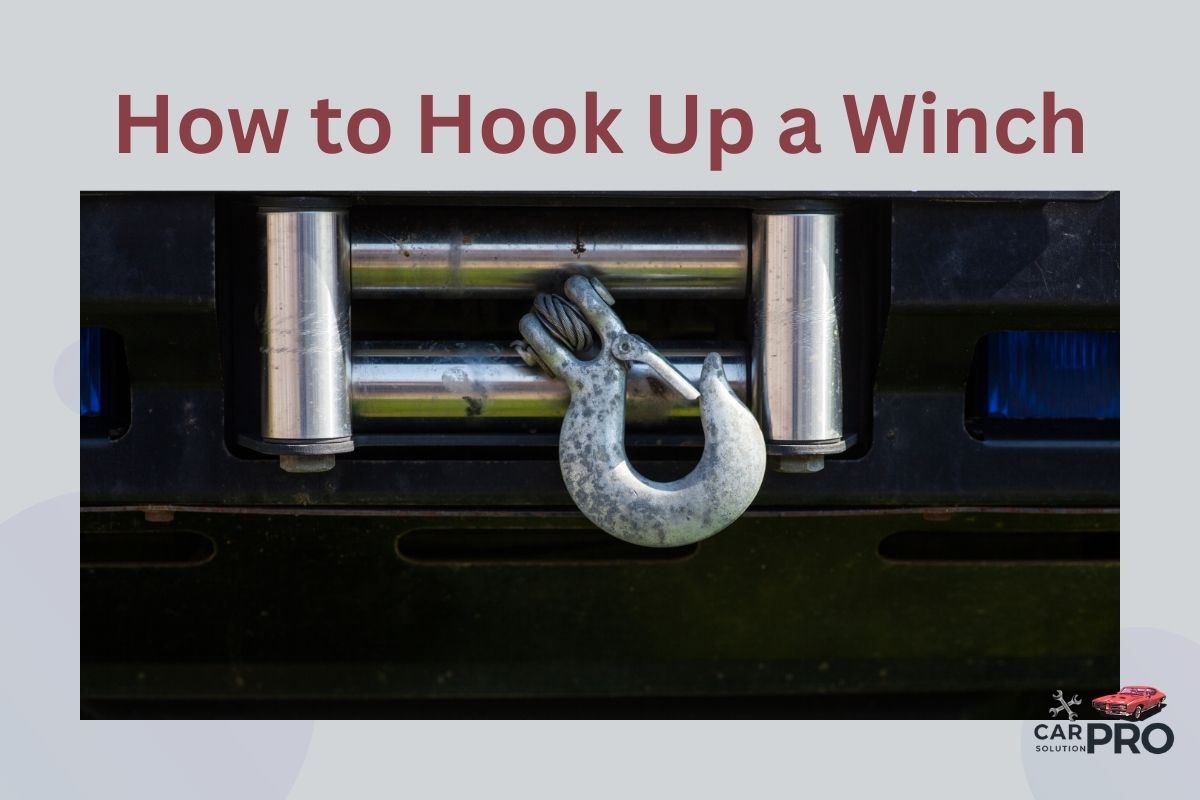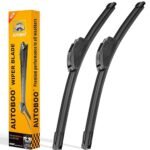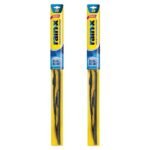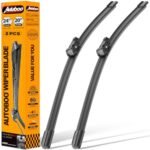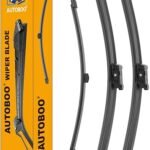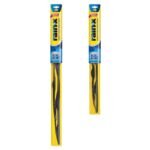A winch is a powerful tool that can get you out of tough spots when off-roading or towing. Many people want to add this helpful device to their vehicles but aren’t sure where to start. Hooking up a winch involves attaching the winch to a mounting plate, connecting the wiring, and securing the cable to the drum.
The process can seem complex, but with the right steps, it’s a task many can handle. It’s key to have the proper tools and follow safety guidelines. A well-installed winch can be a big help in tricky situations.
Before starting, it’s smart to read the manual and watch some how-to videos. This can give you a good idea of what to expect. With some patience and care, you’ll soon have a working winch ready for your next adventure.
Key Takeaways
- Proper mounting and wiring are crucial for safe winch operation
- Safety precautions and the right tools are essential for installation
- Regular maintenance keeps your winch reliable for when you need it most
Understanding Winches
Winches are powerful tools that use a rotating drum to pull heavy loads. They come in different types and have several key components that allow them to function effectively.
Types of Winches
Winches can be categorized based on their power source and intended use. Electric winches are common for vehicles and use a battery to operate. They’re easy to use and maintain.
Hydraulic winches use fluid power and are often found on heavy machinery. These winches are very strong and can handle large loads.
Manual winches rely on human power. They’re simple and portable, making them good for small jobs or as backups.
Some winches are made for specific tasks. Boat trailer winches help pull boats onto trailers. Off-road winches are built tough for vehicle recovery in difficult terrain.
Components and Terminology
The main parts of a winch include the motor, drum, and cable or rope. The motor powers the drum, which spins to wind or unwind the cable.
The fairlead guides the cable onto the drum evenly. It can be a roller or hawse type. The winch hook attaches to the load and should always face upward for safety.
Winches have a gear system inside. This includes the gear ratio, which affects pulling power and speed. A higher ratio means more power but slower operation.
The clutch lets the drum spin freely for manual cable pulling. It’s important to engage the clutch before winching. Many winches come with a remote control for safe operation from a distance.
Safety Precautions
Proper safety measures are crucial when using a winch. Wearing the right gear and following correct operation procedures helps prevent accidents and injuries.
Personal Safety Gear
Protective equipment is essential when winching. Wear heavy-duty gloves to protect your hands from cuts and burns. Steel-toed boots provide foot protection from heavy objects.
A hard hat shields your head from falling debris. Safety glasses guard your eyes from dust and flying particles. Hearing protection is important if using a noisy winch.
Avoid loose clothing that could get caught in moving parts. Wear sturdy, close-fitting clothes instead.
Winch Operation Safety
Inspect the winch and cable before each use. Look for frayed or kinked cables, which need immediate replacement. Check that the winch is securely mounted.
Keep at least 5 wraps of cable on the drum at all times. This prevents the cable from detaching under load.
Never use the winch to lift people. It’s designed for vehicle recovery only.
Point the hook upward when attaching it. This prevents it from flying up if it comes loose.
Stand clear of the cable’s path during operation. A snapped cable can cause serious injury.
Installation Preparation
Getting ready to install a winch involves careful planning and gathering the right tools and materials. A proper setup ensures your winch will work safely and effectively when you need it most.
Choosing the Correct Winch
Selecting the right winch is crucial for a successful installation. The winch’s pulling capacity should be at least 1.5 times your vehicle’s gross weight. Consider factors like line speed, motor type, and control systems.
For most off-road vehicles, a 9,000 to 12,000-pound capacity winch works well. Synthetic rope is lighter and safer than steel cable, but more expensive.
Check that the winch fits your vehicle’s mount or bumper. Some winches need special mounting plates or brackets.
Tools and Materials
Gather all necessary tools before starting. You’ll need:
- Socket set and wrenches
- Wire cutters and strippers
- Electrical tape
- Zip ties
- Multimeter
For materials, have on hand:
- Winch mounting bolts
- Electrical connectors
- Battery cables
- Circuit breaker or fuse
A winch installation kit can provide many of these items in one package.
Mounting Location Evaluation
The front of your vehicle is the most common winch location. Ensure the mounting spot can handle the winch’s weight and pulling force.
Check for:
- Adequate frame support
- Clearance for the fairlead
- Easy access to controls
Some vehicles need a special bumper or mount. Make sure it’s rated for your winch’s capacity.
Consider how the winch affects approach angles and ground clearance. Plan the wire routing to avoid hot or moving parts.
If using a rear mount, ensure it doesn’t block your license plate or taillights.
Winch Installation Process
Installing a winch involves mounting it securely, connecting the electrical components, and testing it before use. These steps ensure your winch will work properly when you need it most.
Mounting the Winch
Start by choosing a sturdy mounting location, usually on a winch-compatible bumper or mounting plate. Make sure the surface can handle the winch’s pulling force.
Line up the winch with the mounting holes. Use grade 8 bolts and lock washers to secure it tightly. Double-check all connections are snug.
For some setups, it’s easier to attach the winch line before mounting. This can save time and frustration later.
If your vehicle doesn’t have a winch-ready bumper, you may need to install a mounting plate first. Follow the manufacturer’s instructions closely for this step.
Electrical Connections
The electrical hookup is crucial for proper winch function. Start by disconnecting the vehicle’s battery to avoid shorts.
Connect the winch to the battery using heavy-duty cables. The red cable goes to the positive terminal, black to negative. Ensure all connections are tight and protected from the elements.
Install the solenoid box in a dry, accessible location. Connect the color-coded wires from the winch to the solenoid following the wiring diagram.
Route all wires carefully, avoiding moving parts and heat sources. Use cable ties to secure loose wires.
Testing Before Use
Before relying on your winch, it’s essential to test it thoroughly. Reconnect the battery and turn on the vehicle.
Engage the winch to spool out some cable. Check for smooth operation and correct rotation direction. Spool the cable back in, ensuring it wraps evenly on the drum.
Test all controls, including the remote if equipped. Make sure the clutch engages and disengages properly.
Listen for any unusual noises during operation. If you hear grinding or see jerky movements, recheck your installation.
Perform a light load test in a safe area. This final check ensures your winch is ready for real-world use.
Maintenance and Troubleshooting
Regular upkeep and quick problem-solving are key to keeping your winch in top shape. Proper care extends the life of your winch and ensures it’s ready when you need it most.
Routine Maintenance
Inspect your winch every two months. Check ground connections and remove any rust or corrosion. Look at battery cable connections for signs of wear.
Clean the winch after each use, especially if it’s been exposed to mud or saltwater. Use a mild soap and water solution. Dry thoroughly to prevent rust.
Lubricate moving parts regularly. Apply a thin coat of grease to gears and bearings. Use a light oil on the cable to prevent rust.
Check the cable for fraying or kinks. Replace it if you spot any damage. A worn cable can snap under load.
Test the winch periodically. Run it in and out without a load to ensure smooth operation.
Common Issues and Solutions
If your winch won’t power on, start by checking the battery. Make sure connections are tight and free of corrosion. A weak battery is a common culprit.
For a winch that runs but won’t pull, inspect the clutch. It may need adjustment or replacement. Ensure it’s fully engaged before winching.
Grinding noises often signal gear problems. Strip down the winch and check for worn or damaged gears. Replace as needed.
If the winch overheats, let it cool down. Check that you’re not exceeding its rated capacity. Install a heat sink if overheating is frequent.
For a winch that spools unevenly, guide the cable manually as it retracts. This helps prevent bunching and tangling.
Frequently Asked Questions
Winch installation involves proper wiring, mounting, and safety considerations. These common questions address key aspects of setting up a winch on a vehicle.
What is the correct process for wiring a 12V winch to a vehicle?
Wiring a 12V winch requires connecting the power cables to the battery and attaching the control cables to the solenoid. The positive cable connects to the battery’s positive terminal, while the negative cable grounds to the vehicle’s frame.
Make sure to use the correct gauge wire for your winch’s amperage rating. Install a circuit breaker or fuse for added safety.
Can you provide a clear diagram for a 4 wire winch setup?
A 4 wire winch setup typically includes two thick power cables and two thinner control wires. The power cables connect directly to the battery, while the control wires run to the solenoid.
The solenoid acts as a heavy-duty switch, controlling the winch’s power flow and direction.
What are the recommended mounting options for a winch on a truck?
Mounting a winch on a truck usually involves a winch plate or bumper. Front bumper mounts are common and provide easy access for winching.
Hidden mounts behind the bumper offer a cleaner look. Rear mounts are useful for recovery situations when reversing is necessary.
How can a winch be safely powered without using a solenoid?
Powering a winch without a solenoid is not recommended. The solenoid acts as a crucial safety component, preventing accidental activation and controlling power flow.
If a solenoid fails, replacing it is the safest option. Bypassing the solenoid can lead to uncontrolled operation and potential damage.
What are the critical considerations when installing a winch on the front of a truck?
When installing a front-mounted winch, ensure the mounting plate or bumper can handle the winch’s weight and pulling force. Check for proper clearance with the radiator and other components.
Route cables carefully to avoid pinching or rubbing. Consider the impact on approach angle and ground clearance.
Is it possible and safe to connect a winch directly to a vehicle’s battery?
Connecting a winch directly to a battery is possible but not ideal. It requires long power cables and lacks the safety features of a proper installation.
A direct connection bypasses important components like the solenoid and circuit breaker, increasing the risk of electrical issues or accidental activation.
When you purchase a product through Amazon links on carsolutionpro.com, we may earn a small commission at no extra cost to you. This helps support the site and keep our content free. As an Amazon Associate, we earn from qualifying purchases made through our links.
